SUMMARY
This is AI generated summarization, which may have errors. For context, always refer to the full article.
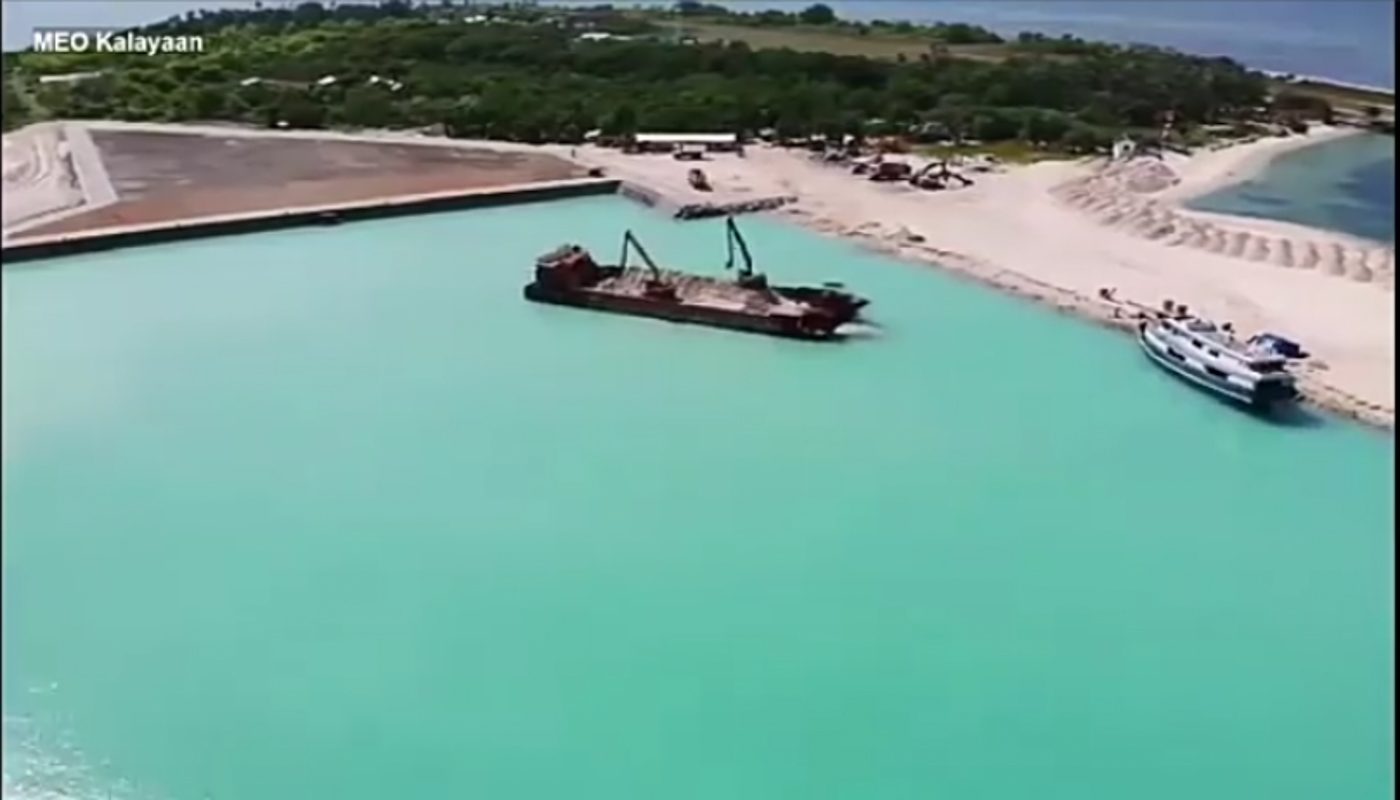
MANILA, Philippines – Against the odds, the Philippines has successfully built a new sheltered port on Pag-asa Island in the West Philippine Sea, while other new structures near completion.
It’s small compared to the 7 artificial islands China reclaimed in the area, but it is a concrete step forward in the Philippines’ bit to assert its sovereign rights in the West Philippine Sea.
China has overwhelmed the region with the presence of its vessels and aircraft, many belonging to its military. The new structures on Pag-asa will make traveling to and staying on the island easier for both the Philippine military and civilians, thus helping to establish a more constant Filipino presence in the West Philippine Sea.
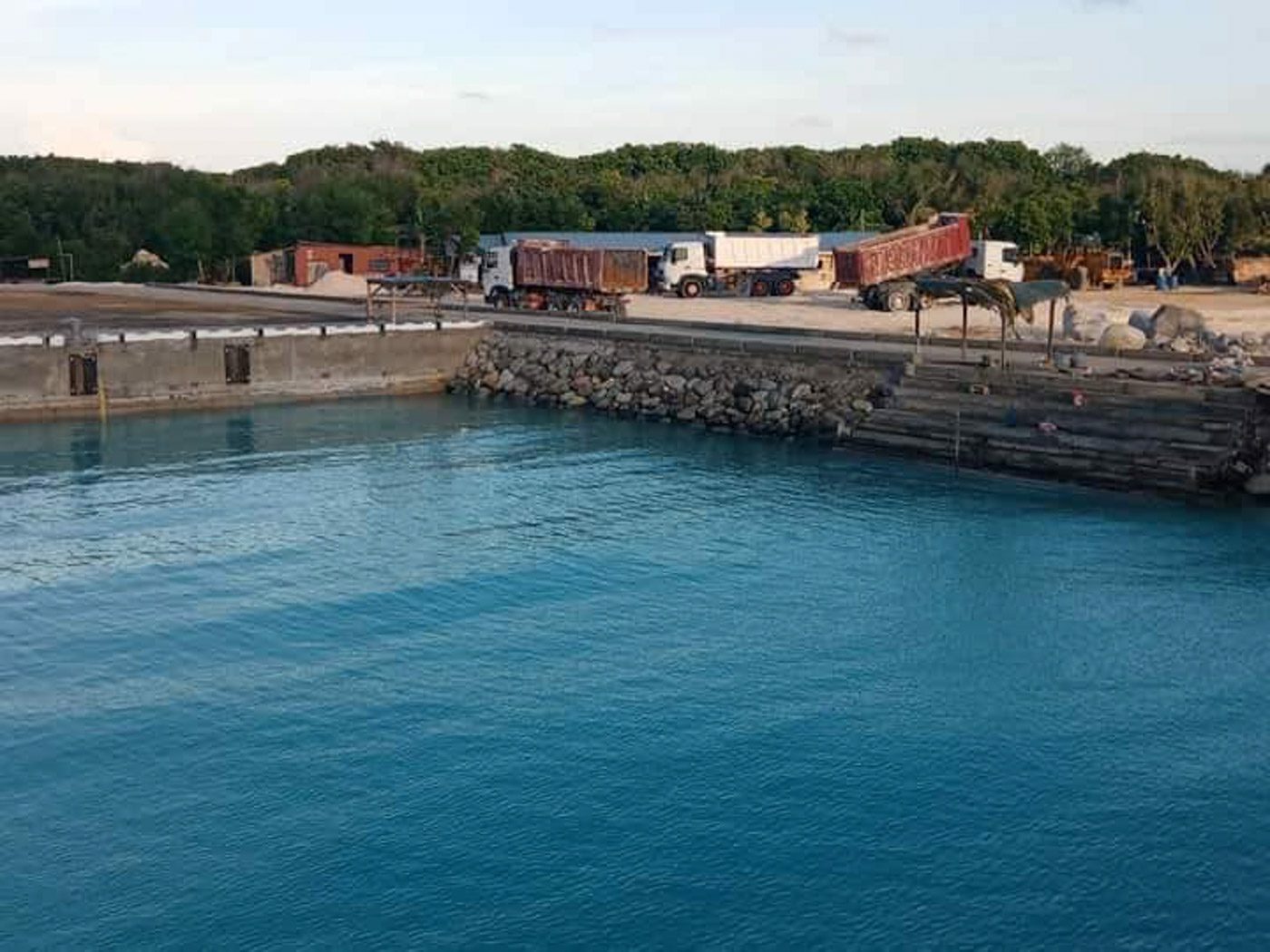
The sheltered port will be operational by June 12, Independence Day, Transportation Secretary Art Tugade said in a televised briefing on Thursday night, May 29. With a safe harbor for vessels, visitors may frequent the island and stay longer.
The waters around Pag-asa are too shallow for large vessels, and without a port, ships are forced to drop anchor kilometers away, requiring transfers to smaller boats that present a logistical challenge.
Pag-asa, internationally known as Thitu, is the second largest island in the Spratlys Group, and the largest in the Philippine-held Kalayaan Island Group (KIG). It is the only one of the Philippines’ 9 islets in the KIG inhabited by a civilian community. The rest are small military outposts.
All in all, Pag-asa Island is home to around 250 people, including a military contingent.
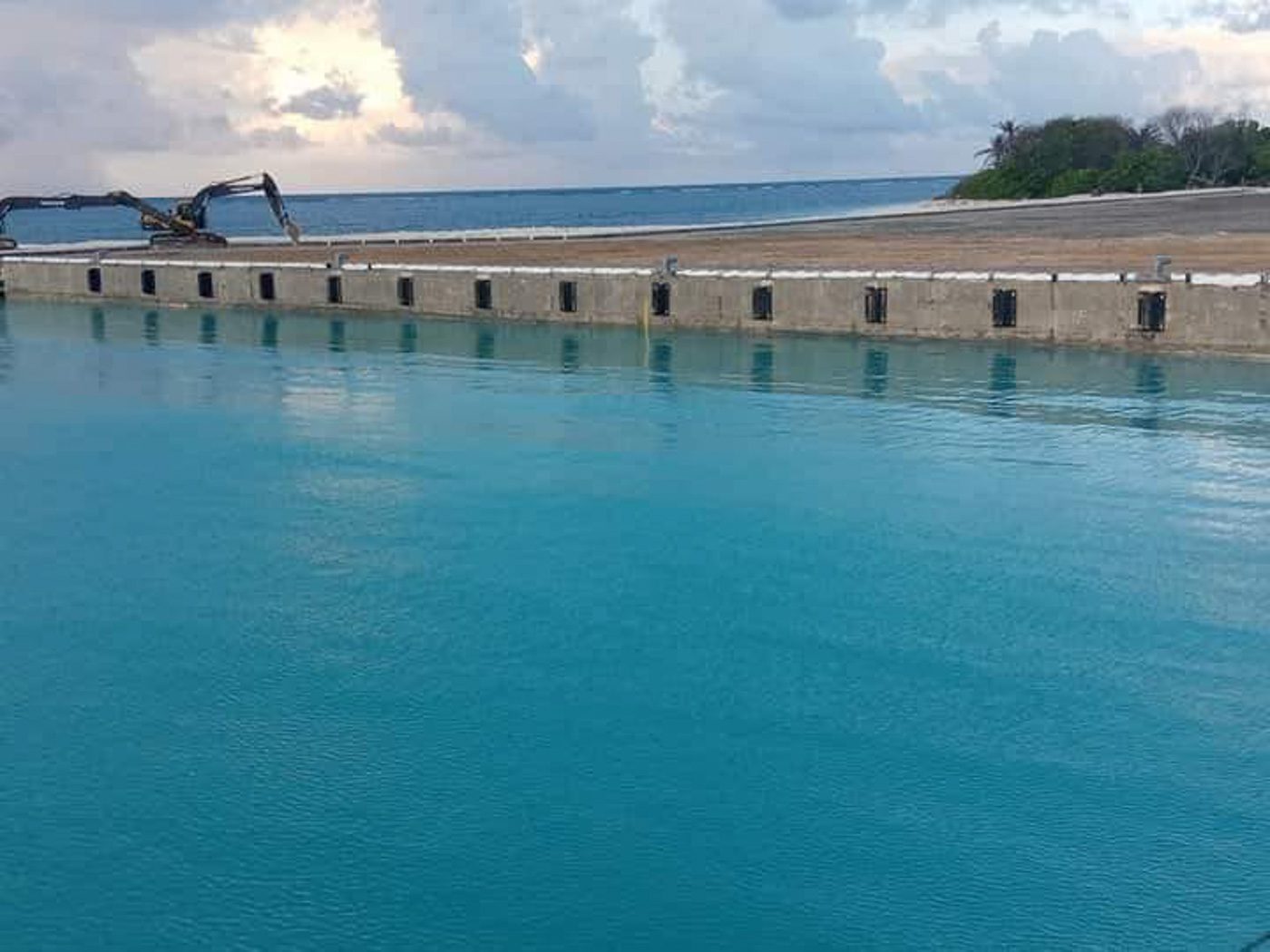
Besides the sheltered port, a beaching ramp constructed by the Department of National Defense has been completed, Defense Secretary Delfin Lorenzana said recently.
Located on the tip of Pag-asa Island’s airstrip, the beaching ramp will allow builders to haul in large construction equipment and materials. One of the projects laid out is the paving of the airstrip itself.
The unpaved airstrip gets soft when it rains, making it difficult to schedule flights to the island. It takes 5 days of zero rainfall for the ground on the airstrip to harden enough for a military C-130 plane to land.
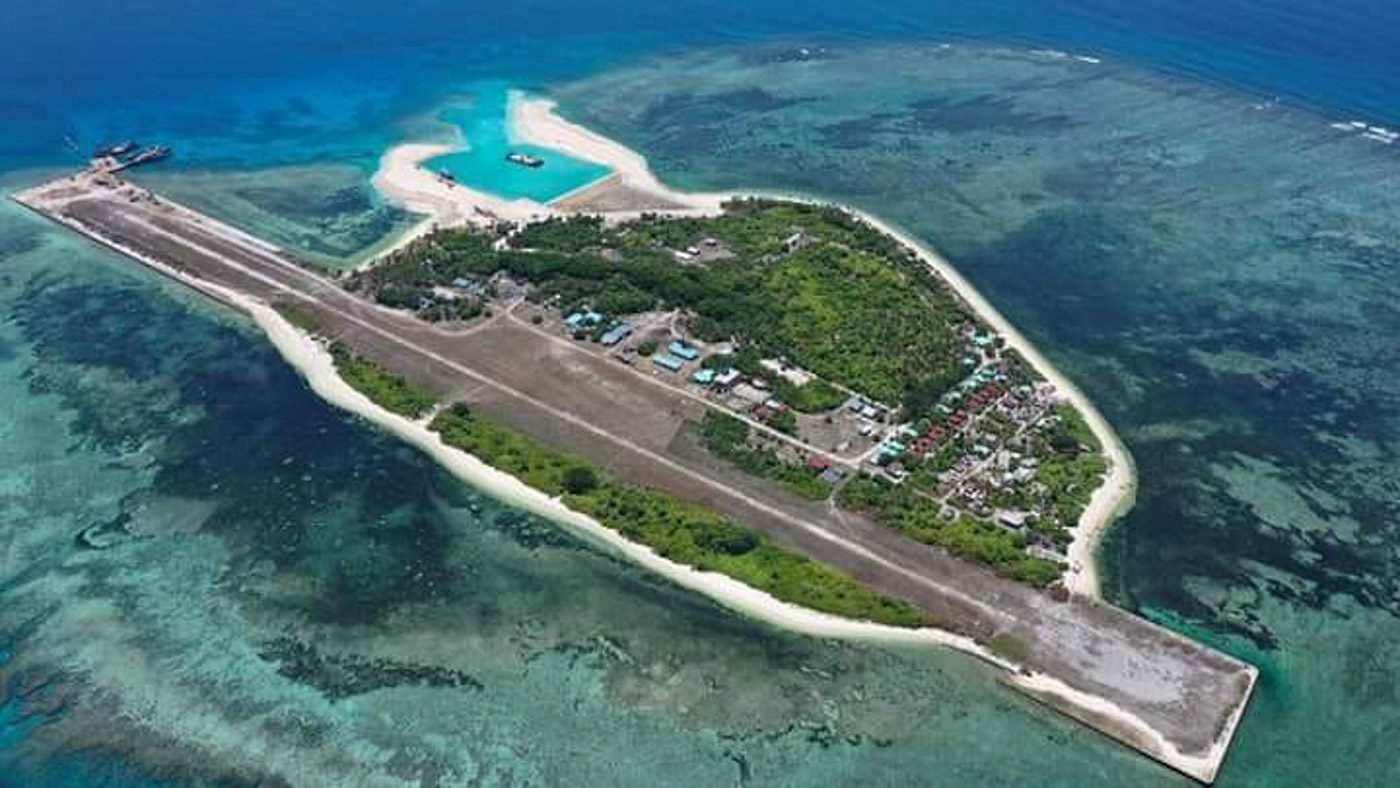
Satellite imagery analyzed by a US-based think tank revealed a near-constant presence of Chinese fishing vessels in the waters around Pag-asa Island.
Suspected to be militias sent by Beijing, the “swarm” of Chinese boats had been the subject of at least one diplomatic protest filed by the Philippine government against China.
Asia maritime analyst Gregory Poling said the Chinese militia swarm must have hampered Philippine resupply missions to Pag-asa and prolonged the construction projects on it, but Lorenzana denied this.
Plans to build the beaching ramp and upgrade the airstrip were first announced in 2017.
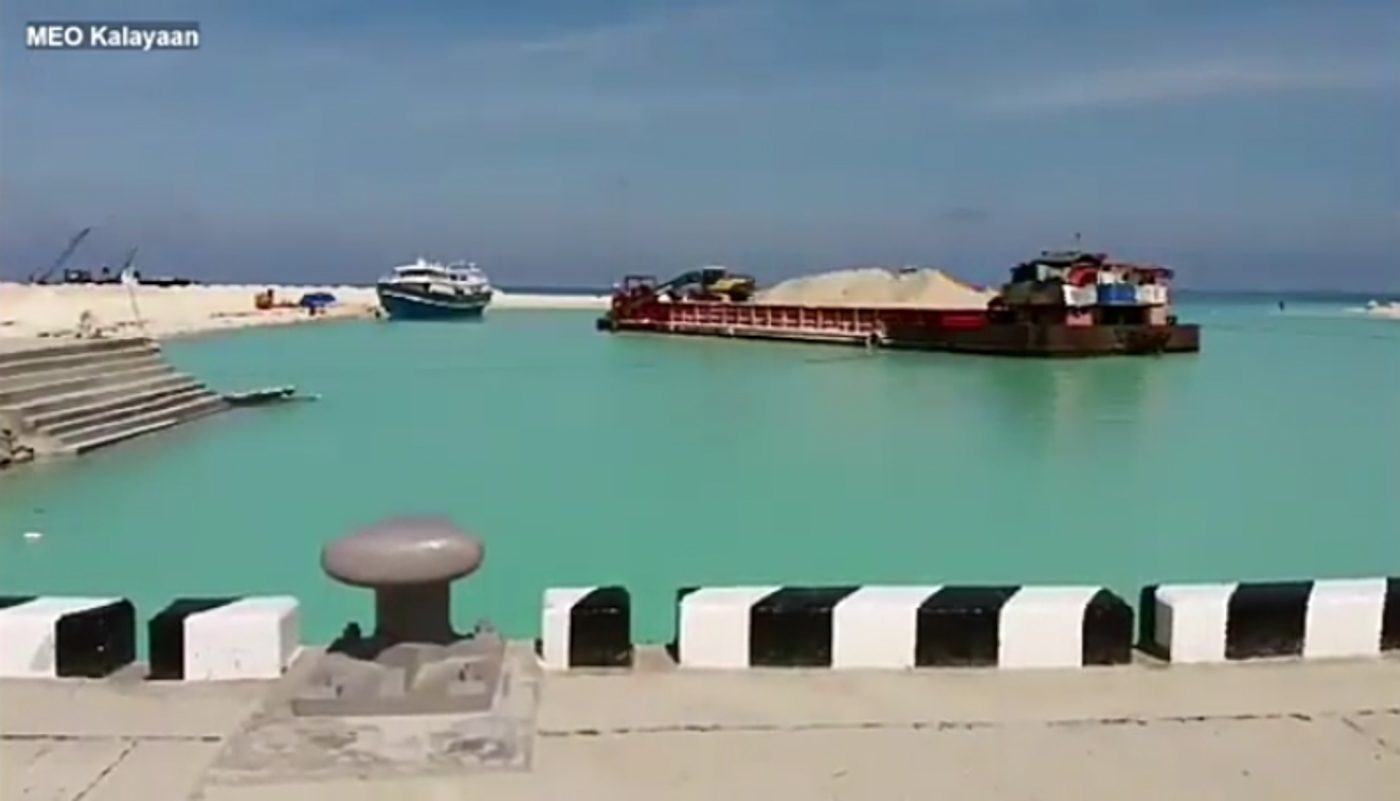
Pag-asa Island lies only 14 nautical miles away from Zamora Reef, internationally known as Subi, which China has transformed into a full-fledged military base with a 3-km runway worthy of fighter jets, and a deep-sea harbor for large ships. The tops of structures on Zamora are visible on the horizon from atop a water tank tower on Pag-asa.
With its base in Zamora Reef, China is able to maintain its militia fleet to surround and keep an eye on Pag-asa Island, National Security Adviser Hermogenes Esperon Jr said recently.
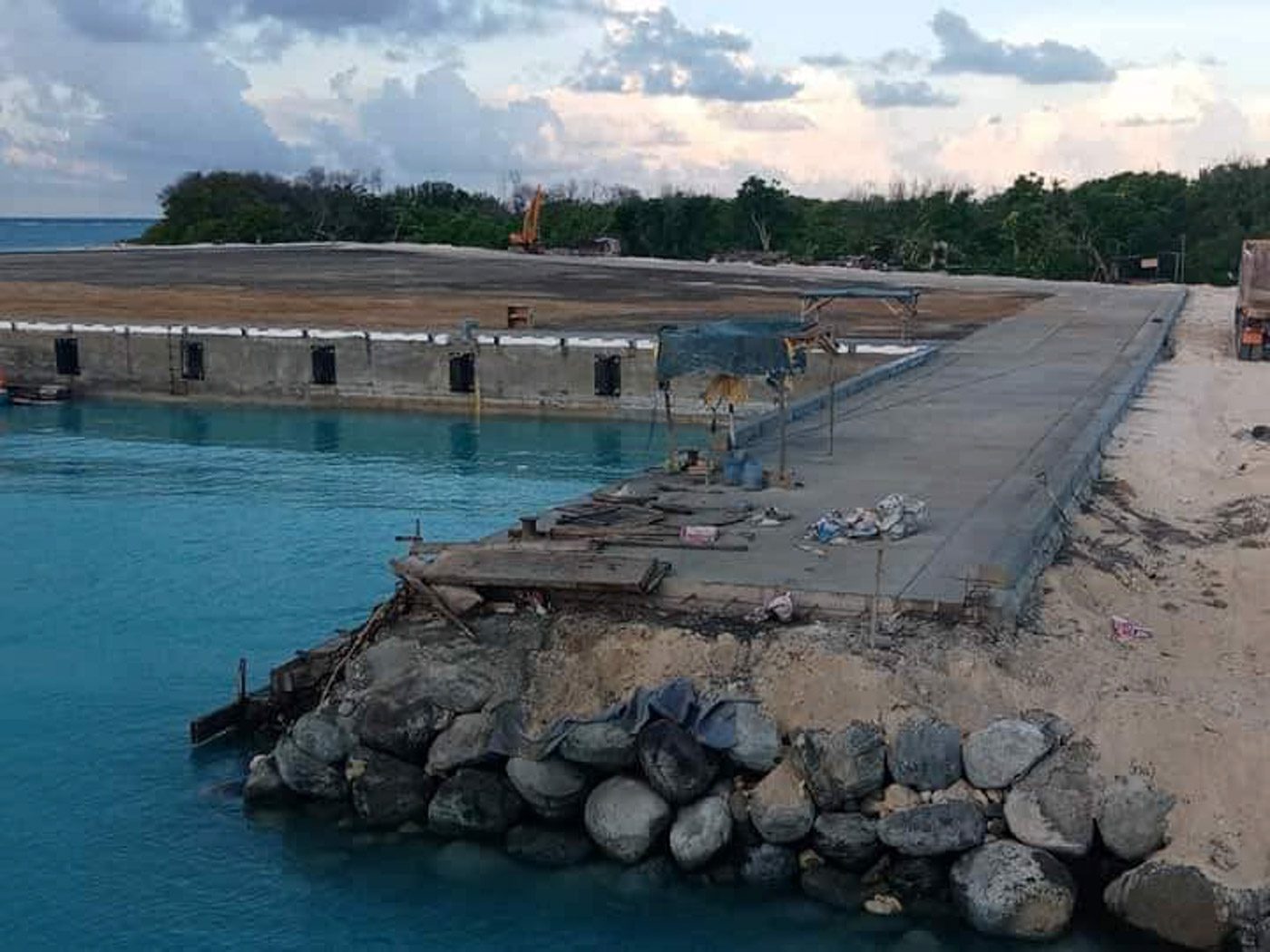
On May 13, a Philippine Navy ship was able to dock on Pag-asa for the first time. The heavy landing craft BRP Ivatan transported fresh military troops and provisions directly to the island through its new port, without requiring transfers to smaller boats.
The government plans to officially unveil the sheltered port and the beaching ramp in June. – Rappler.com
Add a comment
How does this make you feel?
There are no comments yet. Add your comment to start the conversation.